| DC67226 |
3D-MPLA
Featured
|
3D-Monophosphoryl Lipid A-5 (3D-MPLA-5) is a TLR agonist that can be used as an adjuvant for vaccines to enhance their immunogenicity. |
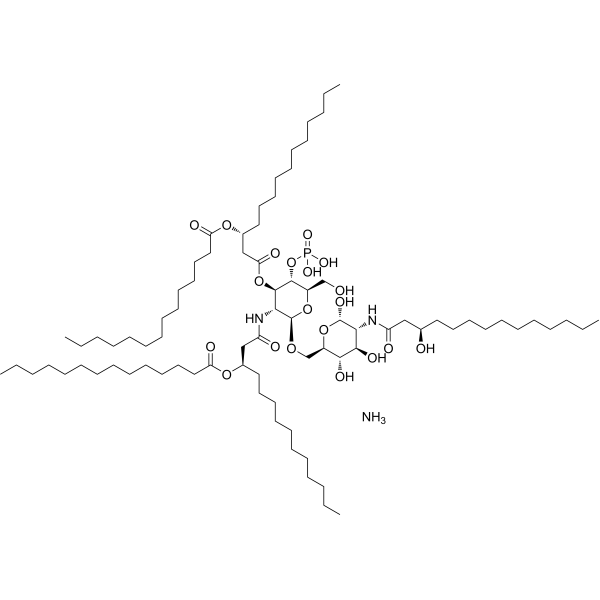
|
| DC67227 |
UM-3006
Featured
|
UM-3006 is a highly efficient TLR7/8 agonist that enhances immune responses by activating the TLR signaling pathway. UM-3006 holds significant research and application potential in the fields of vaccine adjuvants and immune diseases. |
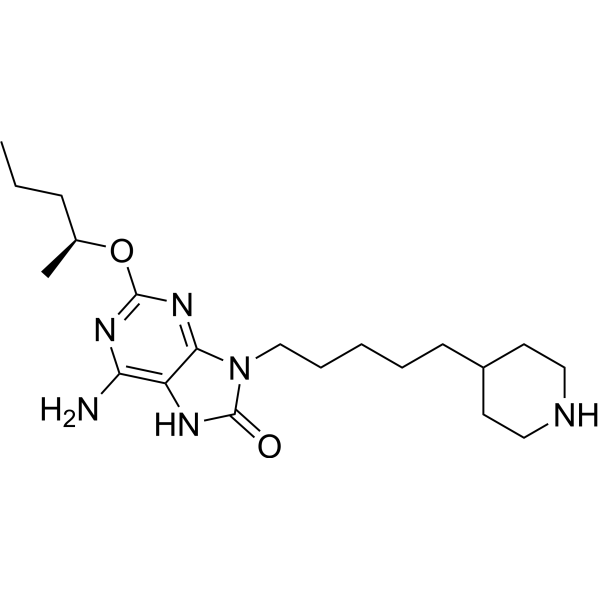
|
| DC67228 |
DSPE-PEG-Folate
Featured
|
DSPE-PEG-Folate is a PEG derivative containing folic acid. DSPE-PEG-Folate has a targeting effect and bind to folate receptors in cancer cells. DSPE-PEG-Folate form micelles/lipid bilayer and can be used to targeted drug delivery system research. |
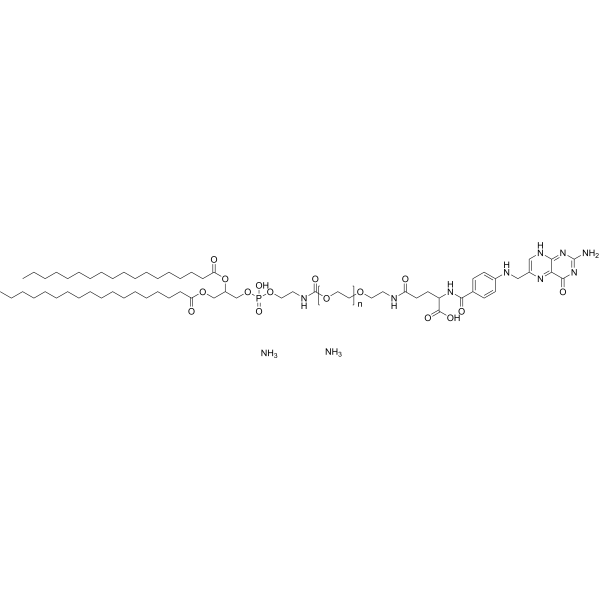
|
| DC67229 |
DSPE-PEG-Mannose
Featured
|
DSPE-PEG-Mannose,1,2-distearoyl-sn-glycero-3-phosphoethanolamine-N-(polyethyleneglycol)-Mannose (sodium salt)is white solid for drug delivery systems, It is an active target material, Itcan be used as an antitumor drug carrier and active targeted delivery |
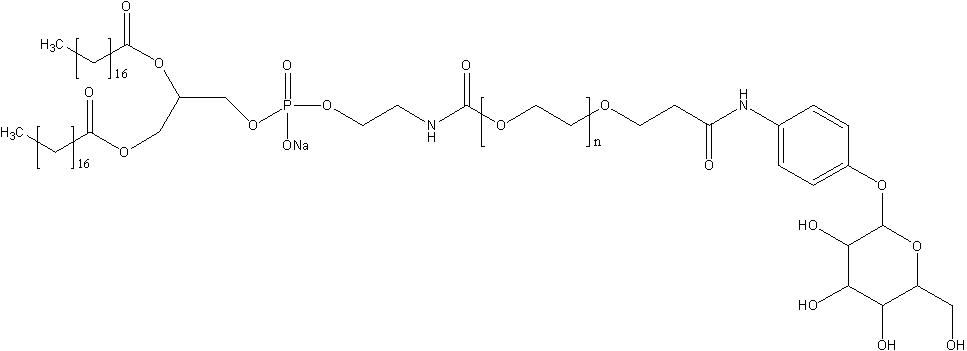
|
| DC67230 |
AYK005
Featured
|
AYK005 is a TLR7/8 immunologic adjuvant. |
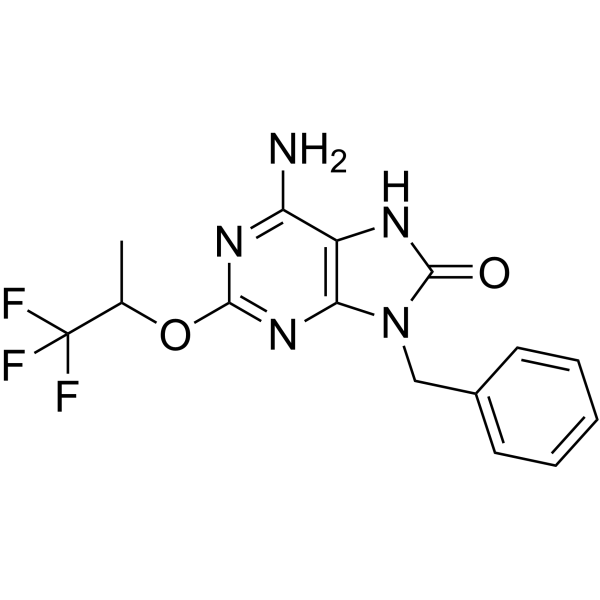
|
| DC67231 |
AYK004
Featured
|
AYK004 is a TLR7/8 agonist that enhances immune responses by activating the TLR signaling pathway. AYK004 is an adenine derivative with a favorable hydrophilic-lipophilic balance, which improves the loading capacity and stability in immunoadjuvant systems such as liposomes, while reducing the side effects of the immunoadjuvant system in systemic immunity . |

|
| DC67232 |
AYK004-B1
Featured
|
AYK004-B1 is a TLR7 agonist (EC50=0.2265 nM). AYK004-B1 can be used to prepare immune adjuvants. |
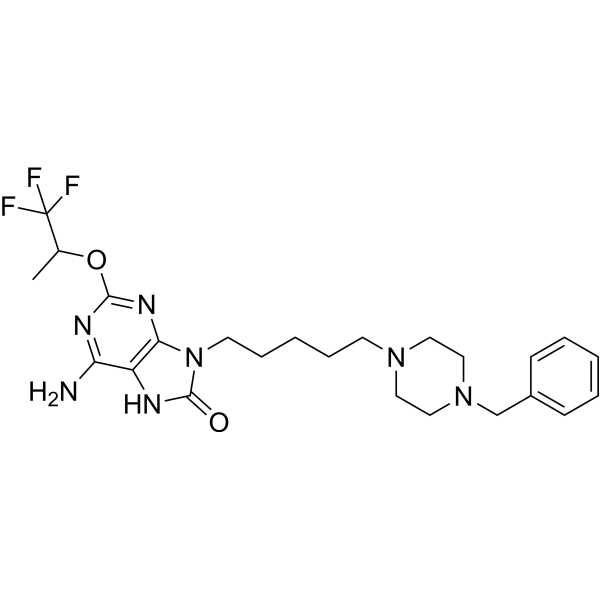
|
| DC67233 |
AYK004-C1
Featured
|
AYK004-C1 is a TLR agonist. AYK004-C1 can be used to prepare immune adjuvants. |
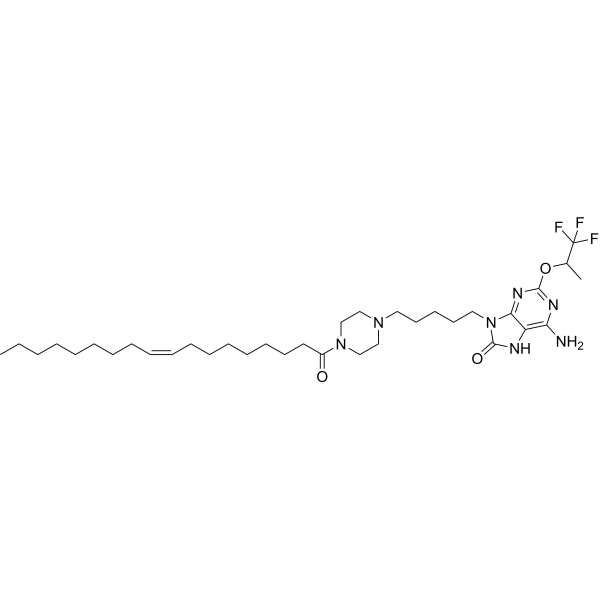
|
| DC67234 |
CPG-1018
Featured
|
|

|
| DC67235 |
CPG 7909
Featured
|
|

|
| DC67236 |
QS-7
Featured
|
QS 7 (QS 7 Api) is a saponin compound that can be extracted from the Quillaja saponaria tree. QS 7 activates immune cells, enhances their antigen presentation ability and cytokine secretion. QS 7 can be used as vaccine adjuvant for immunostimulating, anti-tumor, and anti-infectious activities. |
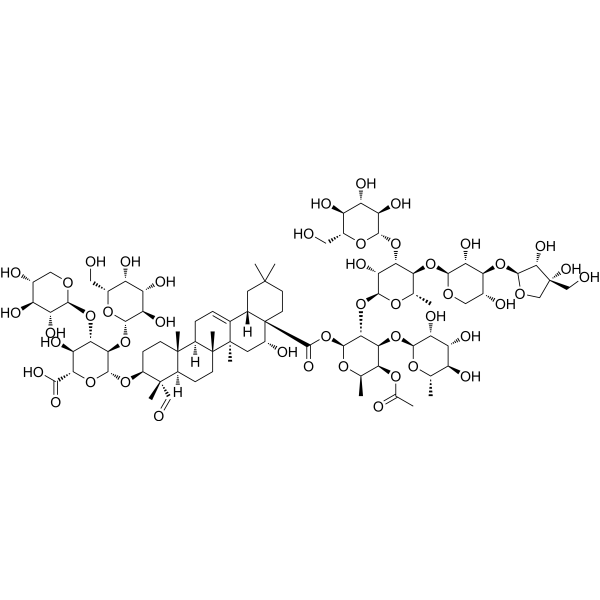
|
| DC67237 |
TQL-1055
Featured
|
TQL-1055 is a semi-synthetic analog of the saponin adjuvant QS-21 (HY-101092) and can be used as a prophylactic vaccine adjuvant. TQL-1055 exhibits robust adjuvant activity for influenza antigens. TQL-1055 combined with the acellular pertussis vaccine (aP) shows good tolerance and enhances the antibody response to pertussis toxin (PT) in mice and rabbits. TQL-1055 is promising for research of chronic hepatitis B. |

|
| DC67238 |
KRN-7000(C34)
Featured
|
|

|
| DC67239 |
KRN-7000(S34)
Featured
|
|
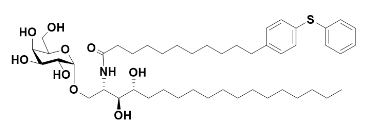
|
| DC67240 |
KRN-7000(7DW8-5)
Featured
|
|
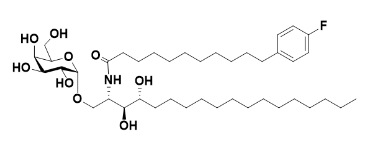
|
| DC67274 |
Cp2-S04
Featured
|
Cp2-SO4 is a phenylalanine derivative that acts as an inhibitor of interleukin-4-induced-1 (IL4I1), an enzyme implicated in immune regulation and tumor immune evasion. IL4I1 is an L-amino acid oxidase that promotes an immunosuppressive microenvironment by producing metabolites like H2O2 and kynurenine, which inhibit T-cell proliferation and function. Cp2-SO4 reverses IL4I1-dependent suppression of T-cell proliferation, making it a promising candidate for cancer immunotherapy and immune-related diseases. Its Ki value of 21.2 µM indicates its potency in blocking IL4I1 activity. |
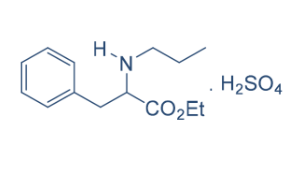
|
| DC60778 |
TH6342
Featured
|
TH6342 is a SAMHD1 inhibitor with IC50 of 9.1 μM/11.0 μM/5.8 μM against dGTP/Cl-F-ara-ATP/ara-CTP, respectively. TH6342 engages pre-tetrameric SAMHD1 and deter oligomerization and allosteric activation without occupying nucleotide-binding pockets. |

|
| DC60779 |
TH7127
Featured
|
TH7127 is a SAMHD1 inhibitor with IC50 of 4.9 μM/4.5 μM/4.0 μM against dGTP/Cl-F-ara-ATP/ara-CTP, respectively. |

|
| DC60780 |
TH7126
Featured
|
TH7126 is an inactive control of TH6342. TH7126 does not disrupt SAMHD1 dimerization. |

|
| DC67275 |
VU0364739
Featured
|
VU0364739 is a selective inhibitor of phospholipase D2 (PLD2) with an IC50 value of 22 nM. Phospholipase D (PLD) enzymes, including PLD1 and PLD2, are involved in various cellular processes, such as signal transduction, membrane trafficking, and cytoskeletal reorganization. PLD2, in particular, has been implicated in cancer cell proliferation, survival, and metastasis, making it a potential target for anticancer therapies. |
.gif)
|



















.gif)